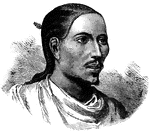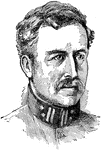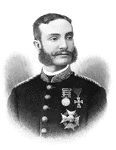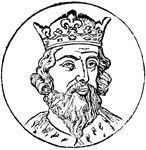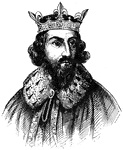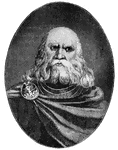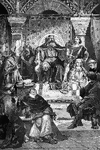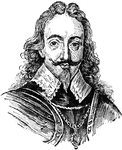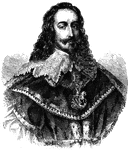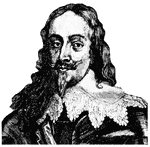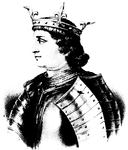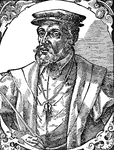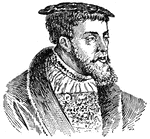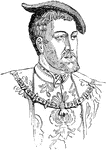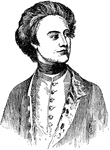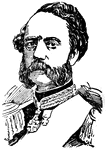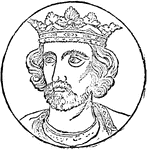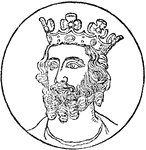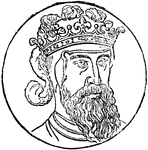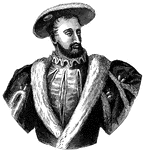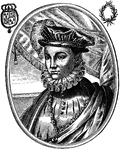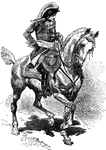The Kings ClipArt gallery provides 209 portraits of various kings throughout history.
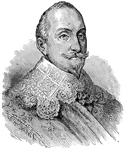
King Gustaf Adolph
Gustav Adolph was the founder of the Swedish Empire at the beginning of what is widely regarded as the…

Gustavus Adolphus
"Gustavus Adolphus entered Germany at the head of 16,000 men. Among some of the Protestants there was…

Tsar Alexander I
Drawing of Tsar Alexander I. He was Emperor of Russia, King of Poland, and first Grand Duke of Finland.
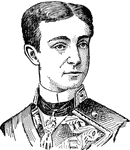
Alfonso XII
Alfonso XII (Alfonso Francisco de Asís Fernando Pío Juan María de la Concepción Gregorio Pelayo;…
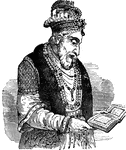
Aurungzrbr
"This sovereign was the last of the Mogul emperors of India who displayed the talent and energy of a…
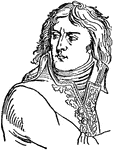
Napoleon Bonaparte
(1769-1821) King of Italy, Mediator of the Swiss Confederation and Protector of the Confederation of…

Canute and followers
"Among the Danish kings of England, Canute stands preeminent for his wisdom and military prowess. His…
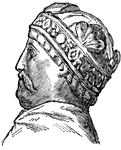
Charlemagne
He was born on April 2, 742, and was the eldest son of Pepin, the first king of the Franks, of the Carlovingian…

Profile of Charlemagne
An illustration of the profile of Charlemagne, also known as Charles the Great, was King of the Franks…
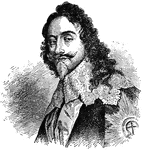
Charles I
"Charles I (1625-1649) was a far abler ruler than his father. He was a man of greater courage and more…
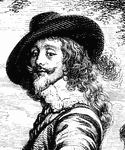
Charles I attended by the Marquis of Hamilton
Charles the I was king of England, Scotland and Ireland until he was executed in 1649.
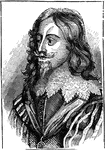
Charles I of England
Charles I, (19 November 1600 – 30 January 1649) was King of England, Scotland and Ireland from…

Charles II
Charles II (Charles Stuart; 29 May 1630 - 6 February 1685) was the King of England, Scotland, and Ireland.

Charles II of England
Charles II (Charles Stuart; 29 May 1630 – 6 February 1685) was the King of England, Scotland,…
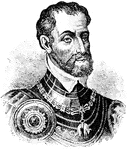
Charles V
"Charles V ruled over wider dominions than any European sovereign since Charlemagne. He belonged to…

Charles VI of France
Charles VI (1368 – 1422), called the Beloved and the Mad, was King of France from 1380 to his death.
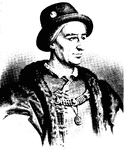
Charles VII of France
(1403-1461) King of France. During his reign , Joan of Arc led the troops and the war against Britain…
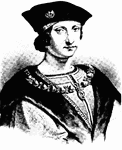
Charles VIII of France
Charles VIII, called the Affable, (1470 – 1498), was a monarch of the House of Valois who ruled as…
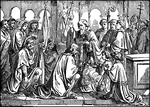
Clovis, King of the Franks, is Baptized by Saint Remigius
Illustration of King Clovis kneeling before Saint Remigius. Clovis' wife, Clotilde, kneels next to him.…
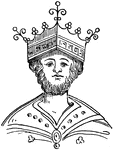
King Edgar
Edgar I (c. 943 – 975), known as Edgar the Peaceful or the Peaceable, was King of England from 959…

Edward I (Longshanks)
Edward I (17 June 1239 – 7 July 1307), popularly known as Longshanks, achieved historical fame…
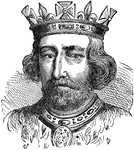
Edward II of England
Edward II, (April 25, 1284 – September 21, 1327) of Caernarfon, was King of England from 1307…
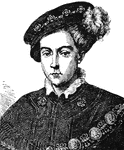
Edward VI of England
Edward VI (12 October 1537 – 6 July 1553) became King of England and Ireland on 28 January 1547…
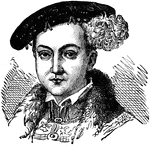
Edward VI of England and Ireland
Edward VI (12 October 1537 - 6 July 1553) became King of England and Ireland on 28 January 1547 and…

Edward VI. Writing His Journal
Edward VI became King of England and Ireland on January 28, 1547, at just nine years of age. Edward,…
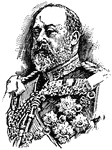
Edward VII
(1841-1910) King of the United Kingdom during 1901-1910. The eldest son of Queen Victoria

Albert Edward
Prince of Wales, Edward VII, was the King of the United Kingdom of Great Britain and Ireland, King of…
